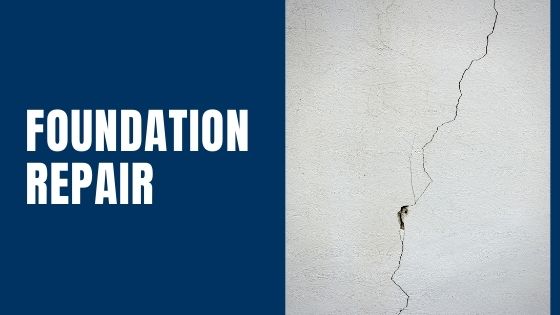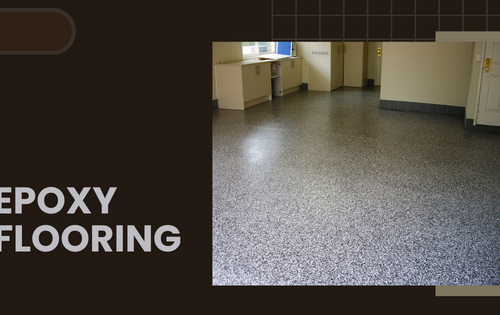
Finding Cracks in Foundation?
Concrete basically consists of cement, gravel, sand, and water. The evaporation of water in the slurry causes the remaining ingredients to turn into solid, monolithic slab, which results in hairline cracks in the foundation. Larger stress cracks, on the other hand, are caused by the shifting of the ground beneath the house or when a building settles.
Although these sorts of cracks do not usually pose any threat to the structural integrity of the house, they do create entry points for insects, radon gas, and groundwater. Filling the cracks will stop them from spreading and is really important to prevent serious structural issues in your house. Hiring professional foundation repair Dallas company is advisable.

Even when the conditions are ideal, concrete tends to move a little. Also, it expands and contracts depending on the weather conditions. Therefore, it is highly recommended to use elastic products for patching foundation cracks. A vinyl concrete patch is normally available in dry form and is one of the most effective foundation repair products for cracks that have a thickness of more than 1/8 inch.
In case you could not find vinyl patch material, it is recommended to use a mixture of sand and cement. Add three parts sand, one part cement, and an adequate amount of concrete bonding material to make a thick mixture. You can add more bonding agent to make the mixture dilute.
Apply the diluted mixture to the cracks with the help of old paintbrushes, and pack the thick mixture into the cracks with towel. For cracks larger than 1/4 inch in thickness, you can use latex caulk or polyurethane caulk. In order to prevent the patched surfaces from cracking, be sure to spray them with water twice daily for at least a week.




